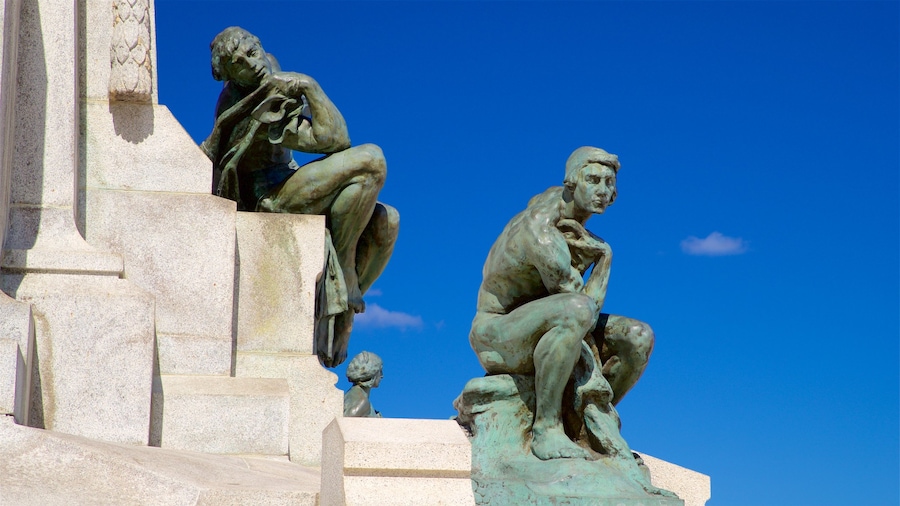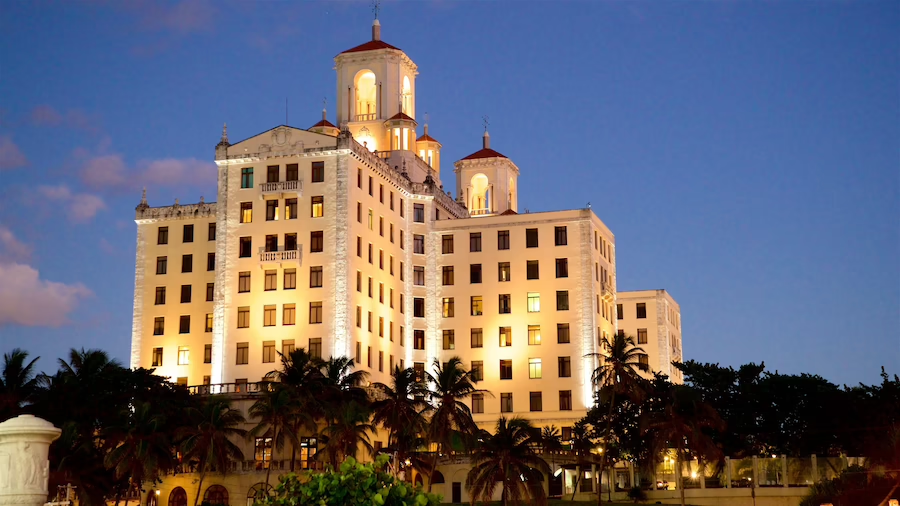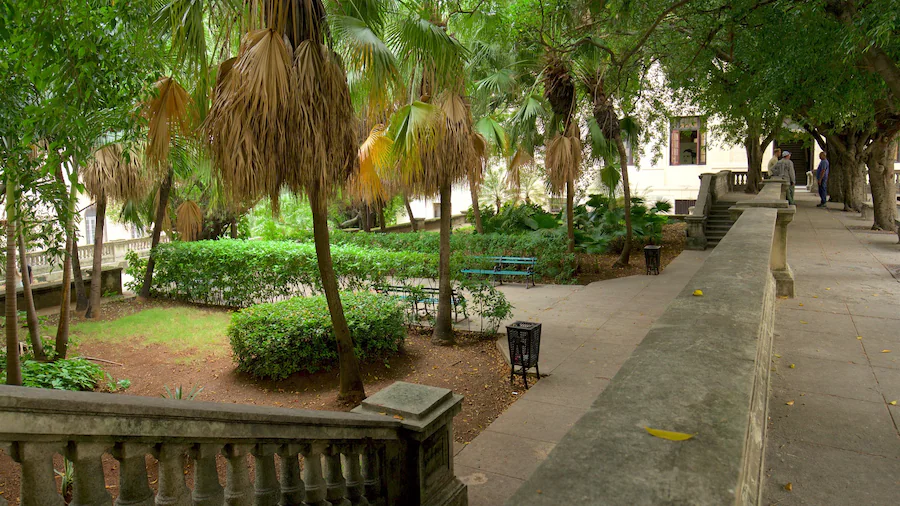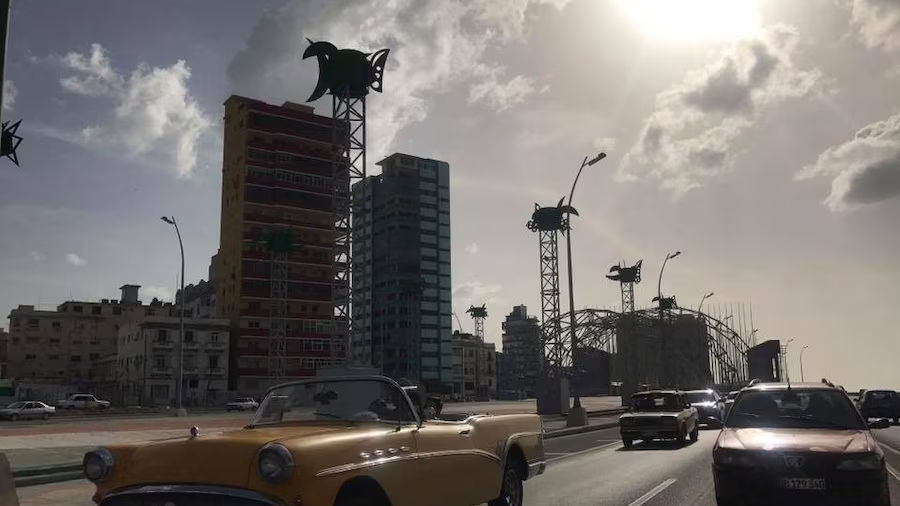Malecón is a scenic 5-mile (8-kilometer) boulevard that flanks the northern coastline of Havana. Running through the Old Havana, Chinatown and Vedado districts, this iconic coastal promenade is surrounded by some of Cuba’s most historic and fascinating sites. Watch fishermen casting their nets and awaiting their catch on the edge of the esplanade.
Sit on the wall separating land from sea and watch people go by. Go jogging at sunrise before the heat of the day. Enjoy the view of the water and waves lapping against the protective wall. As the afternoon approaches, so does the rush of antique cars that take you back to a bygone era.
Get a sense of the local history as you inspect the various monuments on this long esplanade, construction of which began in 1901 when Cuba was under temporary U.S. sovereignty. See the poignant Monument to the Victims of the USS Maine, which pays tribute to American sailors killed by an onboard explosion.
Among the highlights of the boardwalk is the Castillo de la Real Fuerza, a 16th-century fortress with cannons and mortars. Embark on a guided tour for a comprehensive history and visit the Navigation Museum, which is full of marine trinkets and historical context.
Visit the nearby San Salvador de la Punta Fortress and relax in its park, which contains larges squares of red tiles from the Spanish San Antonio ship. These fine examples of Spanish wealth and splendor are a stark contrast to the many crumbling buildings that line the road.
Stay on the esplanade into the evening to experience the lively social mood among locals and fellow vacationers. Enjoy cocktails and hot beverages from the cafés and bars along the strip. Note that prostitutes are known to work in certain parts of the boulevard.
The Malecón stretches across a large stretch of Havana’s northern coast, from the Vedado neighborhood to Havana Harbor. Ride a bus to one of the nearby stops, such as the Neptuno y Marquez Gonzalez station. Visit landmarks parallel to the esplanade, including the Galeria Galiano, the Museum of the Revolution and the National Theater of Guinol.





















